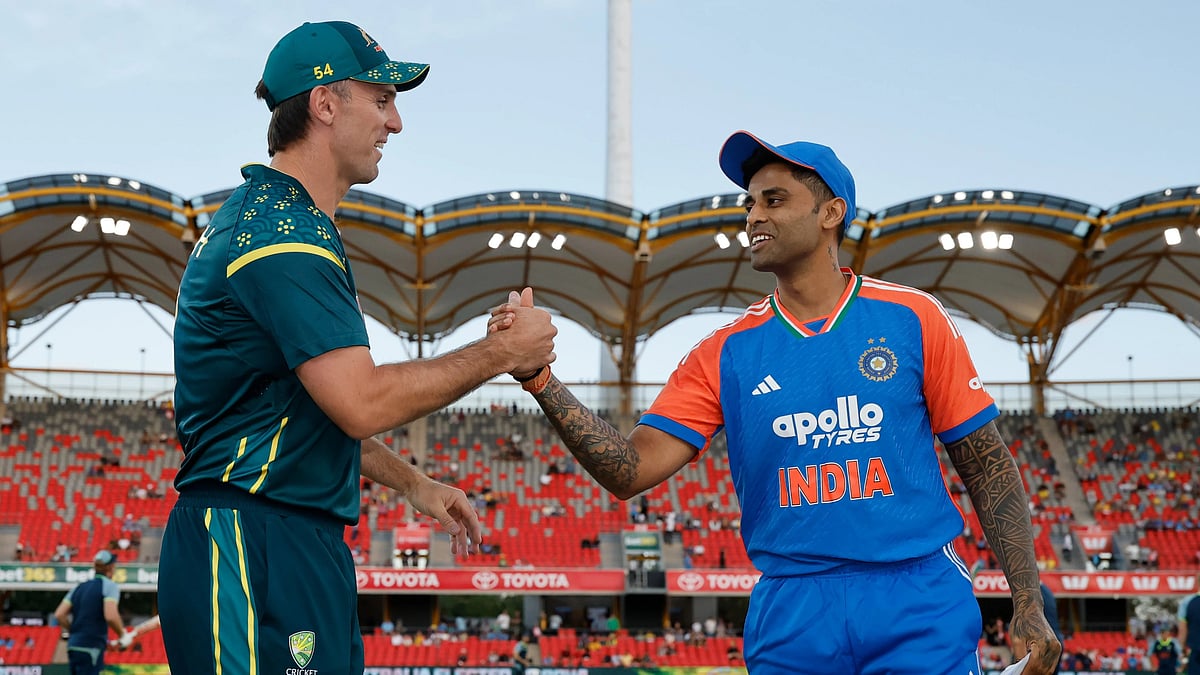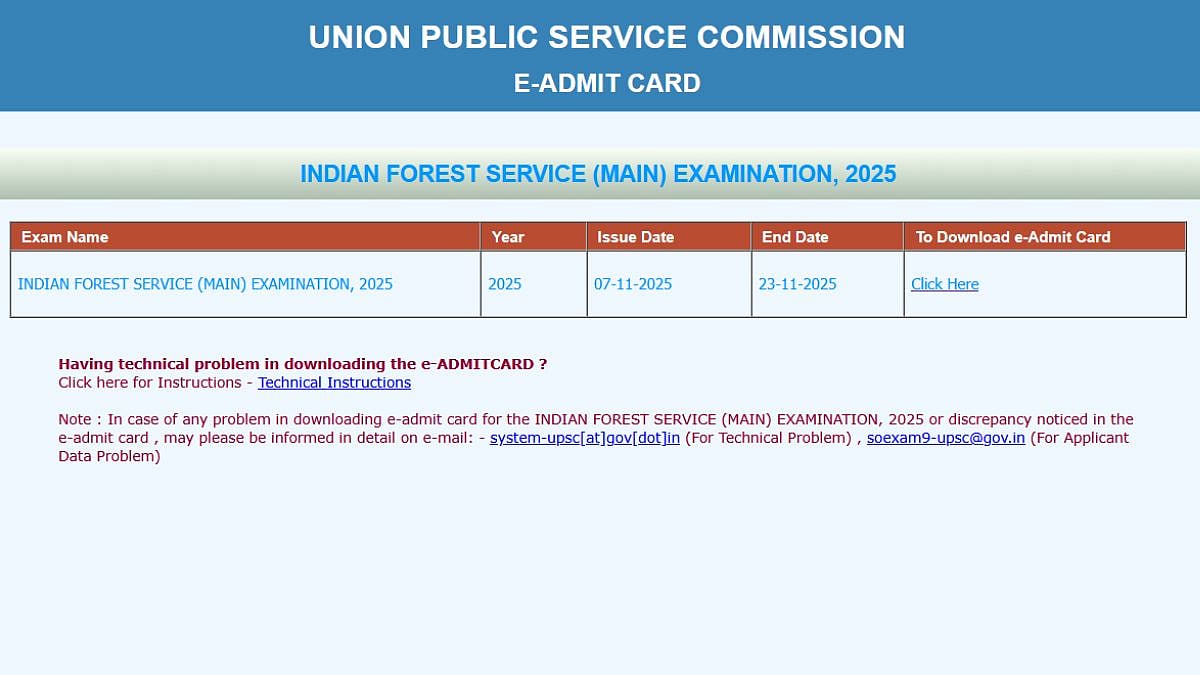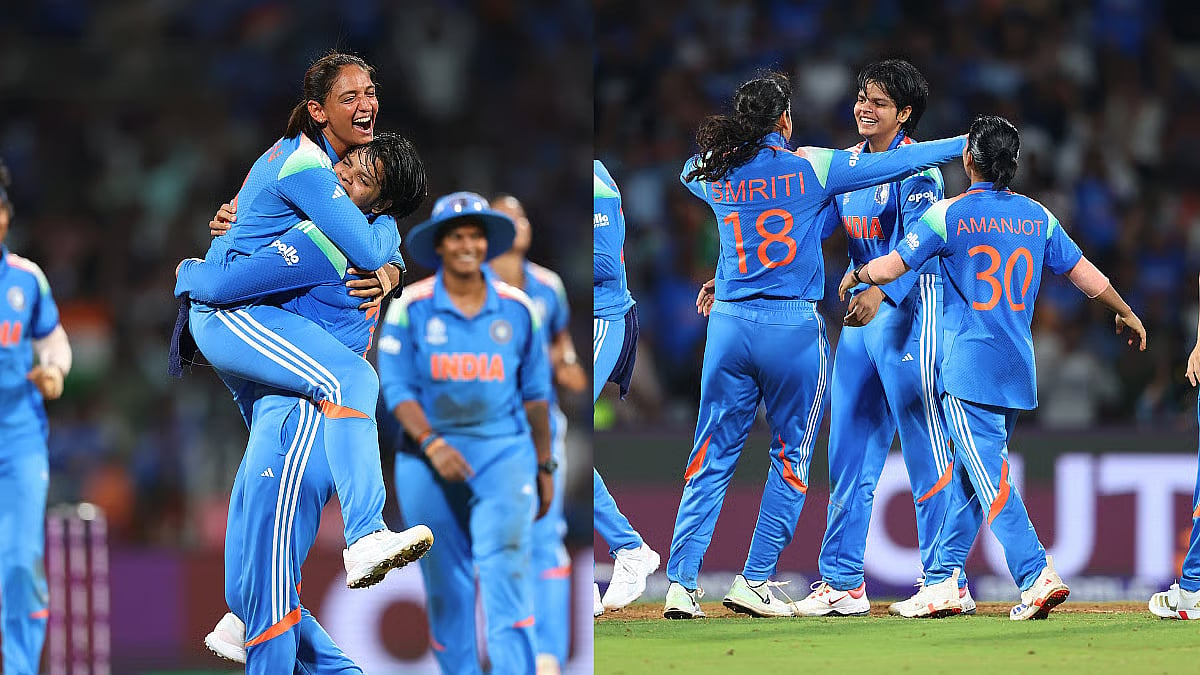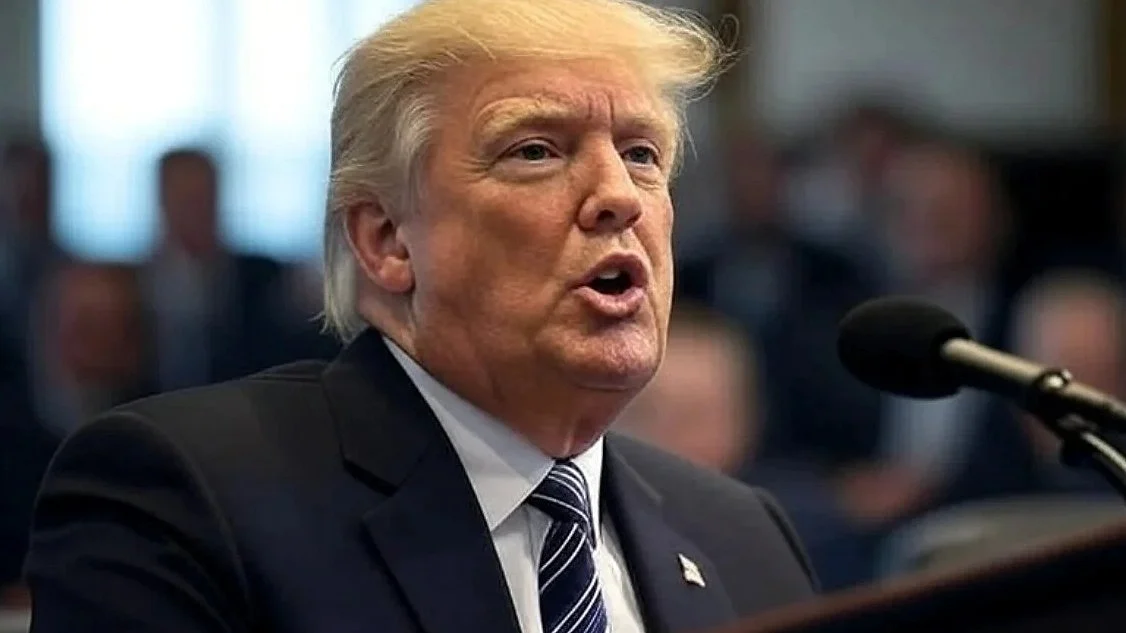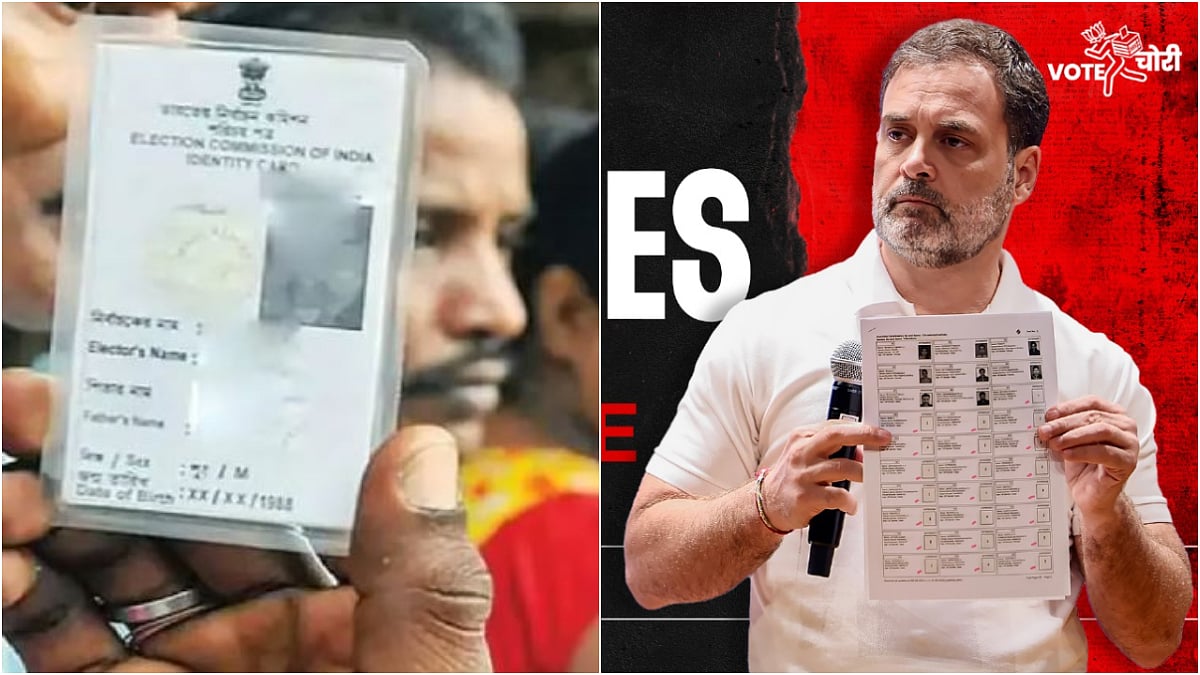Aam Aadmi Party’s (AAP) victory in Punjab should be a warning signal to all the political parties that have become an entrenched part of the establishment.
I am not surprised by the victory of the AAP in Punjab but what is stunning is the margin of the victory and demolition of the entire establishment in Punjab.
AAP has undoubtedly also walked a few miles to be a part of the establishment that has been ruling the country since independence. Still, AAP for some reason has been perceived by the public at large as anti-establishment and carries a certain amount of freshness that the others lack. In Punjab, six months back, the Congress was comfortably placed to earn another term for itself and then the naked dance of power politics began.
The removal of Captain Amarinder Singh was avoidable but not as suicidal as the daily rantings of the Congress leaders. Sidhu,tried to project that Punjab’s interest was supreme for him, and within the party, he was trying to fight for that but voters saw through him and realised that he was only power-hungry. He has been defeated along with all the senior members of the traditional political parties. It was unimaginable that the legendary Parkash Singh Badal could lose. He lost along with Capt. Amarinder Singh, Navjot Singh Sidhu, Sukhbir Badal, and most shockingly the sitting chief minister Charanjit Singh Channi lost both the seats that he contested. It was a massacre of the entire political class in Punjab. This was the same phenomenon, that for the first time reared its head in Delhi.
In 2013, AAPcontested elections and most surprisingly, won 28 seats, and the Congress which had been ruling Delhi, led by Sheila Dikshit, for 15 years was demolished like a pack of cards. It was reduced to 7 MLAs and in the subsequent assembly elections, it could not even open its electoral account. Great leaders of the Congress who once ruled Delhi, disappeared into thin air and were replaced by those who had no experience in electoral politics.
The BJP, which has emerged as an election machine with Modi at thehelmis struggling to winseats in two digits in Delhi. If in 2015, the BJP won three seats, in 2020 it could get only 7 seats. Such is the plight of the party that now it is left with no courage to even hold MCD elections as it has realised that it might lose those as well. One can argue that along with Punjab AAPalso contested elections inGoa andUttarakhand, butit could not win the trust of the people there.
In Goa, AAP did win two seats and captured 6.74% of votes but the majority numbers belonged to the BJP, which formed the government in the state for the third consecutive time. Similarly, in Uttarakhand, AAP did not make any impact on the people and could get only 3% votes without any success in any assembly seat.
It is indeed true that AAP did not do well in these states but there is sympathy for them on the ground. To convert that sympathy into votes the party needs an organisation, resources, and leadership. In Punjab, the AAP has ahugely popular leader in Bhagwant Singh Mann. Since 2015, the party has been campaigning in every nook and corner of Punjab and did try to build the organisation at the grass-root level.
In terms of resources, it invested vastly in the elections. It did build an efficient election machine. In Goa and Uttarakhand, AAP lacked credible local leadership, the organisation was in shambles and there were not enough resources.
If AAP can invent a strong leader in these states, they can surprise the world as they did in Delhi and Punjab. The emergence of AAP is a reflection of the people’s growing antipathy toward established political parties that are seen as self-seeking, self-serving, deeply entrenched in corrupt practices, and devoid of any moral values. With the rising political awakening in the 19th century, India was lucky to witness public figures guided by moral values, who sacrificed everything for the country, and paid any price to serve the people; they were not seen as selfish power hunters. Public figures starting from Raja Ram Mohan Roy to Mohandas Karamchand Gandhi did not fill their coffers with money, nor did they hanker for power or compromise with the British for their own interests.
For them, public interests were paramount. Gandhi could become Mahatma because he was willing to pay any price for the larger public cause and his universal moral values were supreme. That idealism continued even after Gandhi. Jawaharlal Nehru carried that moral flame. Nehru can be faulted for many things but his commitment to universal moral values was beyond doubt.
It was easy for him to circumvent democratic systems and become a dictator, but he did not indulge himself in such an immoral act. But, the same can’t be said about his daughter and those who followed her. The erosion of moral and ethical space is the reason for people’s search for alternate political formations. Even in a limited sense, Modi’s rise could also be attributed to that inner collective urge.
Despite all his divisive tendencies, Modi’s charisma lies in his perception-building exercise in which he always projects himself as someone who is not corrupt, works for the public cause, is not self-serving, and for whom the country’s interests are supreme. Unfortunately, the same thing can’t be said about Congress and its leadership. In the last ten years, both Arvind Kejriwal and AAP have changed a lot.
He is no longer the man who once professed that all political leaders should live in two-room flats;that there should be no compromise with corruption,that transparency in the party and institutions should be paramount and, every decision in the party and the government should be the result of wider consultation.
He said that democracy should not be a top-down but a bottom-up approach, and that there should not be high-command culture and Swaraj should be the guiding principle.
He believed in Gandhi and Gandhian values. It is ironic that now he does not share the space with Gandhi, even in photographs whose presence was an inspiration for him and Anna at the Ramlila maidan. Despite all these infirmities, he and his party are still seen as less corrupt than the rest; they represent hope for the future, they won’t look like political goons who would break rules to benefit themselves and their families. AAP still is not seen as a private limited company.
Simplicity is still their virtue in public perception. Innocence is still their prime currency, though it is fast eroding. India is passing through a process of ‘creative destruction.' The old structure is in the process to be demolished, and the urge for the new is too intense. There is definite fatigue with the old.
In this maze of uncertainty, like many, AAP emerged as an agent of creative destruction but in the process, if it is also sucked in by the anxieties of the past, the old structure then its journey will not be long enough. Although if it can resist the temptation of ‘immoral power’ then it is a force to watch out for.
(The writer is Editor, SatyaHindi.com and author of Hindu Rashtra. He tweets at @ashutosh83B)


